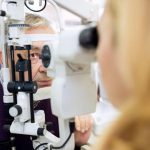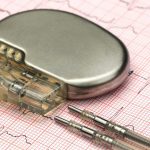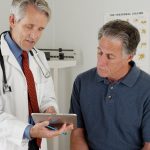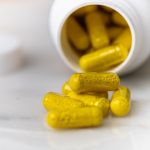
Nearly 10 million Americans are at risk for blindness from diabetic retinopathy, a new study finds. In 2021, an estimated 9.6 million people in the United States — 26% of those with diabetes — had the eye illness and nearly 2 million had the most severe form, “vision-threatening diabetic retinopathy” (VTDR), researchers say. That’s 5% of those with diabetes. “This finding illustrates the burden of this potentially vision-threatening complication of diabetes,” said researcher David Rein, a senior fellow and director of the Public Health Analytics Program at NORC at the University of Chicago. “This finding is driven primarily by the large increase in diabetes in the United States that has occurred over the last 20 years, and underscores the importance of prioritizing eye care and diabetic retinopathy screening among people with diabetes,” he said. Diabetic retinopathy affects the small blood vessels in the eye, explained Dr. Talia Kaden, an ophthalmologist at the Manhattan Eye, Ear and Throat Hospital in New York City. “The small vessels in the eye can become damaged and abnormal, you can have a loss of blood supply to parts of the eye that can result in swelling in the back of the eye, bleeding in the back of the eye or the formation of abnormal blood vessels,” she said. “If left unchecked, it can lead to vision loss.” An estimated 1… read on > read on >


















